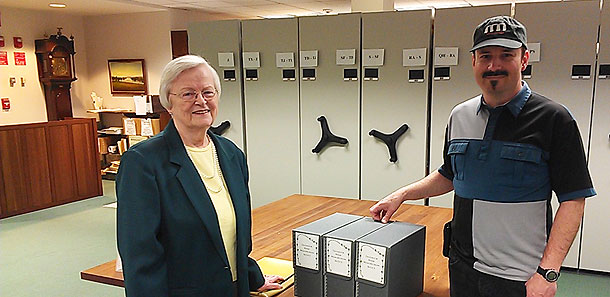My father died in 1969 when he was but 57 years of age. Although he had suffered three earlier heart attacks, his death was still, at least to me, unexpected. I was thirty at that time and had been working on my family genealogy for two years. I had asked my father questions about his family, only to discover that he knew little about his ancestors, and I soon learned that my mother was the family historian. So I continued to research my ancestors and asked questions of my mother until she died in 1996, 27 years after my dad.
But in all the years I knew my parents, I never asked the important questions. I now know the names of my ancestors, and their dates and places of birth, marriage, and death. I know the whos, the wheres, and the whens, but I don’t know the whys and the hows, particularly about my own parents. Over the years since my mother’s death, I have come to realize that I actually know very little about their lives. For example, my father’s father was a dentist and my father was graduated from our town’s most prestigious prep school, but he never went to college. Why? I was an only child. Why? How did my parents meet? These and other questions have haunted me since my parents died, along with a more basic question: why did I never ask?
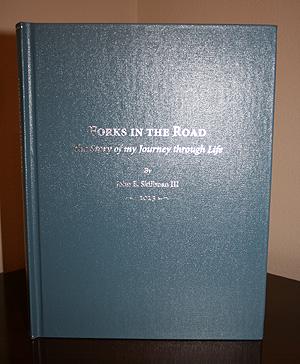 Not wanting my children, grandchildren, and later descendants to wonder the same things about me, several years ago I began to write my autobiography. My inspiration came in spurts and much of it was written in the dead quiet of sleepless nights. I edited it numerous times and rewrote many sections more than once. I have no idea of how many hours I put into the project, but I labored on it for several years. I backed it up continuously and my autobiography survived crashes of my hard drive and mother board and two computer replacements.
Not wanting my children, grandchildren, and later descendants to wonder the same things about me, several years ago I began to write my autobiography. My inspiration came in spurts and much of it was written in the dead quiet of sleepless nights. I edited it numerous times and rewrote many sections more than once. I have no idea of how many hours I put into the project, but I labored on it for several years. I backed it up continuously and my autobiography survived crashes of my hard drive and mother board and two computer replacements.
I suppose there are many ways to approach one’s autobiography, but I thought the most logical way was chronologically. I began with my birth and have carried it through to my current age of 73. I gave more time to the earlier years of my life in the belief that character and values are formed when we are young. I combed through all of our old and recent photographs and added them where appropriate. Since I have been struggling for a decade with a serious medical issue, I decided to publish my autobiography while I am still able. That will allow time for my children and older grandchildren to read it and ask whatever questions they may have while I am around to answer them. Whatever happens in my life from now on will obviously not be in my autobiography, but all of the significant events have already taken place.
RootsMagic™ markets a software program to guide you through the writing of your autobiography, and I am sure there are many competitors who do the same. And there must be a wealth of information on the internet. My goal here is not to tell you how to write your autobiography, but simply to give you the inspiration to get started. I used Anundsen Publishing Company in Decorah, Iowa, to produce fifteen hardcover books and I am delighted with the result. I found Anundsen in their ads in the National Genealogical Society Quarterly and genealogical publishing is one of their specialties. I must add that it was much nicer to speak directly with the owner, and Erik Anundsen was extremely helpful and responsive. However, any publisher can serve your needs, including Staples, FedEx Office, Office Depot, etc., and numerous self-publishers online, such as Lulu Publishing Services.
So I encourage you to begin your autobiography soon. If you are young, you can add to it as you travel through life. If you are my age, waste no time in getting started. You will be surprised at how easy it is because, after all, you know more about the subject matter than anyone else!
John E. Skillman III
President
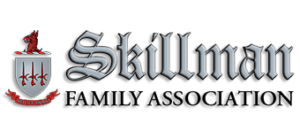
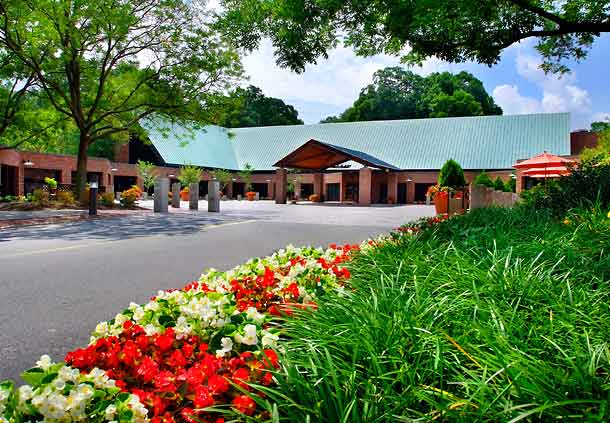

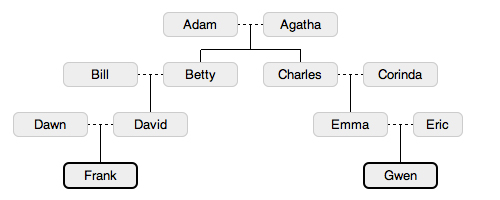
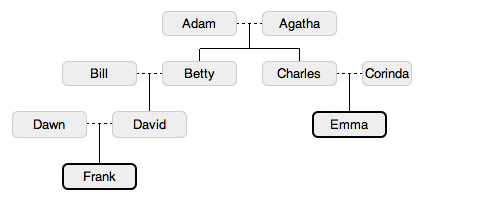
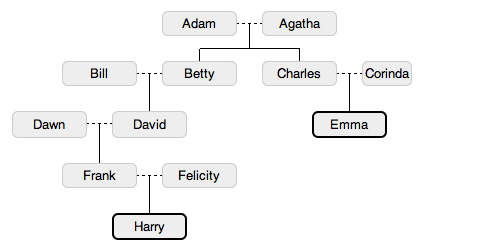
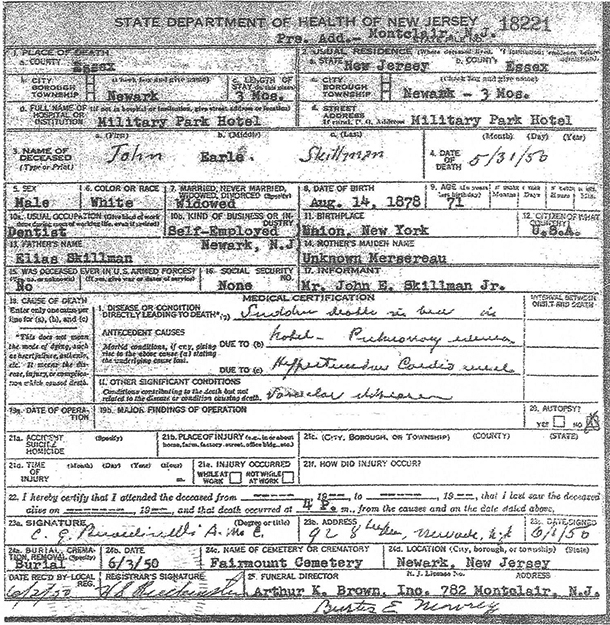
 Not wanting my children, grandchildren, and later descendants to wonder the same things about me, several years ago I began to write my autobiography. My inspiration came in spurts and much of it was written in the dead quiet of sleepless nights. I edited it numerous times and rewrote many sections more than once. I have no idea of how many hours I put into the project, but I labored on it for several years. I backed it up continuously and my autobiography survived crashes of my hard drive and mother board and two computer replacements.
Not wanting my children, grandchildren, and later descendants to wonder the same things about me, several years ago I began to write my autobiography. My inspiration came in spurts and much of it was written in the dead quiet of sleepless nights. I edited it numerous times and rewrote many sections more than once. I have no idea of how many hours I put into the project, but I labored on it for several years. I backed it up continuously and my autobiography survived crashes of my hard drive and mother board and two computer replacements.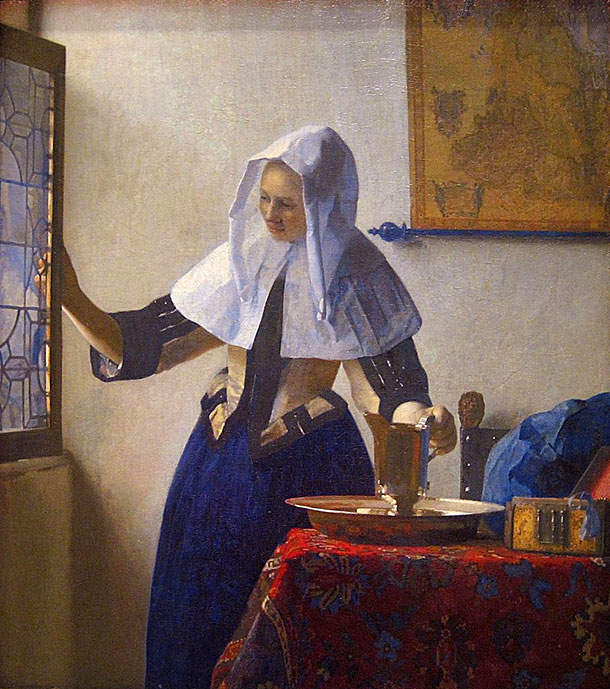
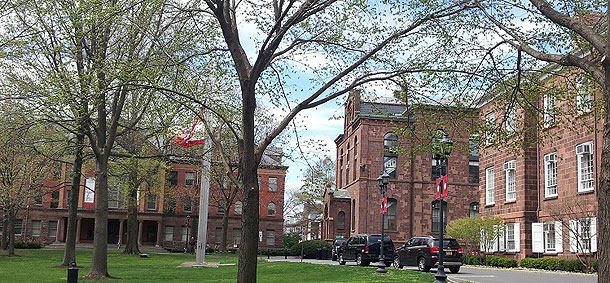
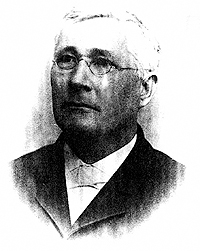 While William Jones Skillman had “The Skillmans of America and Their Kin” published first in the Princeton Press, and later in “The N.Y. Genealogical and Biographical Record” in 1906-1908, there is more to be learned from the non-published part of the collection. Some letters serve to give a sense of the person. For example, there was one correspondent whose only interest in the family history was monetary gain (this really angered the Revered, who said “why not get out of the devil-clutch of greed and money!”). There was another whose political views were made clear — “All Skillmans is [sic] Democrats.” Some tell a little something about themselves, like being intelligent but illiterate and needing a relative to write it down for them. One spells phonetically, but at least he was able to express himself.
While William Jones Skillman had “The Skillmans of America and Their Kin” published first in the Princeton Press, and later in “The N.Y. Genealogical and Biographical Record” in 1906-1908, there is more to be learned from the non-published part of the collection. Some letters serve to give a sense of the person. For example, there was one correspondent whose only interest in the family history was monetary gain (this really angered the Revered, who said “why not get out of the devil-clutch of greed and money!”). There was another whose political views were made clear — “All Skillmans is [sic] Democrats.” Some tell a little something about themselves, like being intelligent but illiterate and needing a relative to write it down for them. One spells phonetically, but at least he was able to express himself.